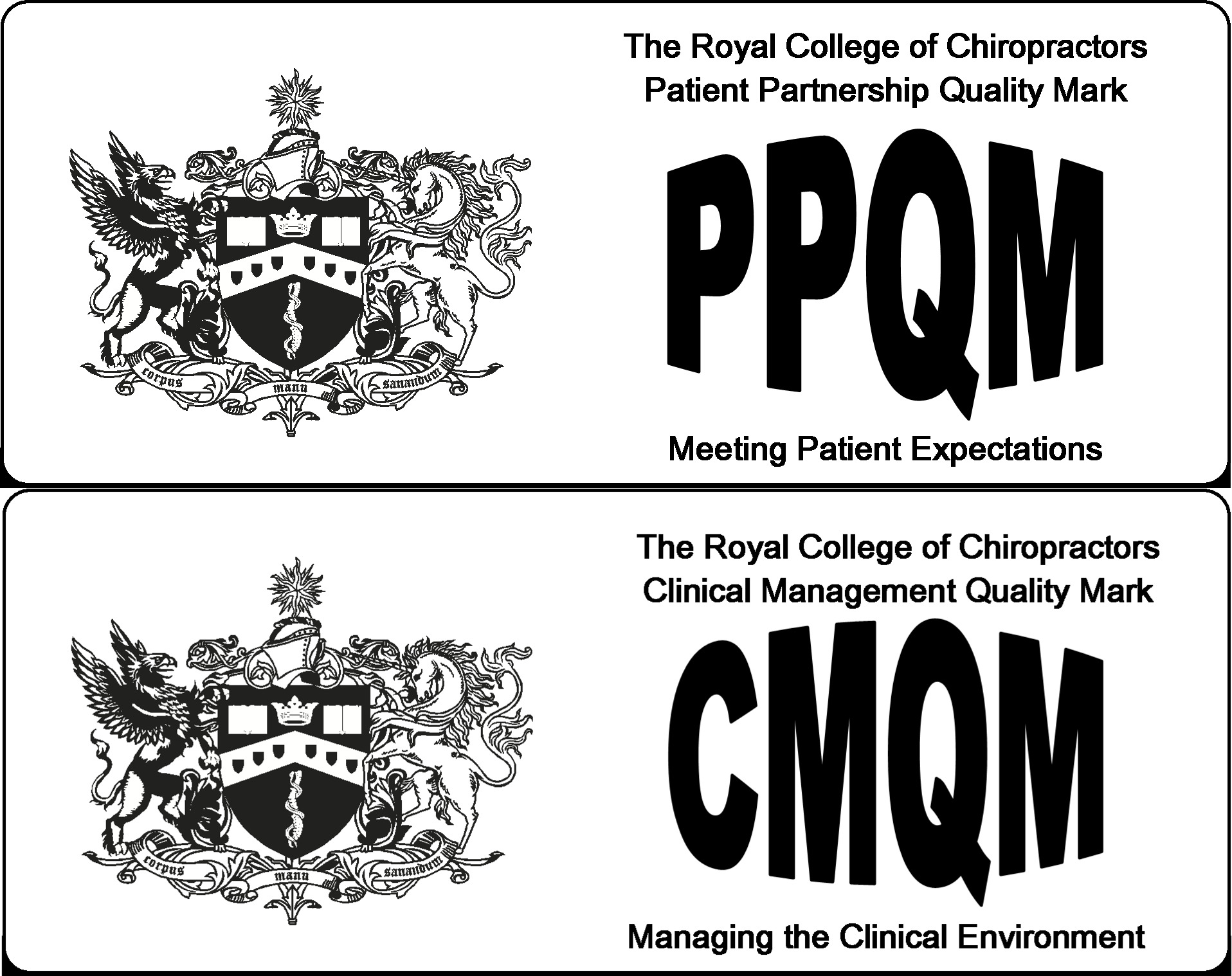DIY INJURIES
If you are like most “DIYers”, the tasks you are taking on are likely to be far removed from your normal every day activities.
Failing to remember this simple fact is the main reason why so many DIY enthusiasts suffer aches and pains, particularly in their backs. This article will help you prevent injury and guide you on how you can be alert to the signs of injury.
Back pain and DIY
Much back pain is due to the prolonged stretching of tendons and ligaments in the back. If this strain continues it can lead to a gradual loss of support for your spine and joint wear and tear. Pressure can also increase on the spinal nerves and cause pain elsewhere.
The result is often mild injury, such as an ache in the lower back.
Ignoring aches
Many people believe that aches are temporary and ignore them thinking that they will go away. Never work through the ache, it is a sign that something is wrong. If you continue to aggravate the injury then further damage can occur to the soft tissue structures that may lead to sharper pains. The body’s response to this is to lock the affected area by causing the muscles in that region to go into a spasm. This is to try to prevent further injury.
At this point people usually consult a chiropractor saying, “My back just locked up this morning when I got up”. Usually the initial discussion will reveal that they have been doing something unusual the previous day. Whilst chiropractors are always available to help ease those DIY pains, they much prefer that their patients try to prevent injury as much as possible.
The ankle, or other joints in the foot, may remain restricted, or the ligaments may not repair satisfactorily on their own. Because the injury may have healed poorly in this way, it is common to roll the ankle and sprain it again after the initial injury.
Simple guidelines
So that you can enjoy the fruits of your labour, here are some simple guidelines to help ensure that improving your home does not become a pain in the back
Lifting and carrying
Always lift heavy weights extremely carefully. Approach them slowly, getting a firm grip, bend your knees and keep your back straight, taking the weight with your legs and not with your lower back. Always keep the load close to your body and try not to pivot on your legs but turn your whole body. If you have to move heavy loads, either get help or use a wheelbarrow. Most DIY centres now sell two wheel trolleys, which are a good investment.
Kneeling
It is always better to kneel on one leg rather than bending down repeatedly from the hips. If you suffer from knee problems or osteoarthritis use a cushion to kneel on. If you must bend, keep the lower back as hollow as possible.
Workbench levels
Your workbench should be a level that will allow you to work without bending forward from the hips. It is wise not to stand in front of your workbench for long periods at a time without a break.
Varying the task
Working constantly at one task means your movements are repetitive. This is the prime cause of strains and sprains. If possible, carry out short periods of activity on a variety of jobs rather than slogging away at the same one all day.
Keep warm
Chilled muscles are more easily strained. So keep yourself warm and covered. Wear several layers and take them off as you warm up.
Rest periods
However anxious you are to get the job done, it is sensible to take regular rest periods. A sit down with a cup of tea can make you feel better in the days to come too. Not taking a regular break is as bad for your back as continually working in the same position.
The morning after
If the next day you find that you ache you must rest and recuperate. Should the pain persist, consult your chiropractor and they will advise whether you should apply heat or ice packs to the area, or whether you require treatment.
Remember
Be sensible. Take simple precautions and do not work beyond your capacity. If you exercise and keep fit, you will be in much better shape for tackling all those DIY jobs.






